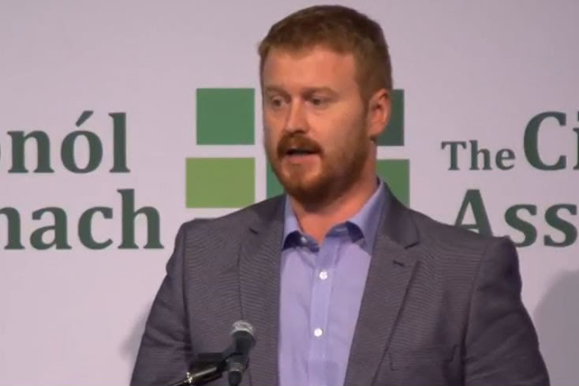The years 2006 to 2015 saw the highest average rainfall in Ireland in the past 300 years, according to a study performed at Maynooth University led by Conor Murphy (right). The data, collected from Irish and U.K. records dating back to 1711, confirms what weary residents had already intuited – these ten years saw Ireland’s rainfall nearly double from 42.5 inches per year for the previous three centuries to 78.2 inches per year over the past decade.
“When we look at the long-term context, we see a continuous rise in annual and winter rainfall,” Murphy told Maynooth. “This is consistent with expectations of human-driven climate change.” As for what this means for the future of Ireland’s long-held reputation of a temperate climate, RTÉ meteorologist Ger Fleming says nothing good – winters will become more stormy with increased floods, while summer rains will decrease.
While atypical, these extreme phenomena were glimpsed most recently with superstorm Emma in early March, introducing elevated wind speeds, record temperature lows, and heavy snowfall, leading to airport shutdowns and a number of accidents for citizens unequipped to deal with the severe weather.
Overall, meteorologists predict an irreversible transition to a wetter, warmer climate for Ireland – boding poorly for the agricultural economy. Pádraic Joyce, head of Connacht’s Irish Farmers’ Association, told the Irish Times that the volatile weather is “causing a lot of grief,” making livestock and crop maintenance grueling and costly to an unsustainable degree. ♦


Leave a Reply